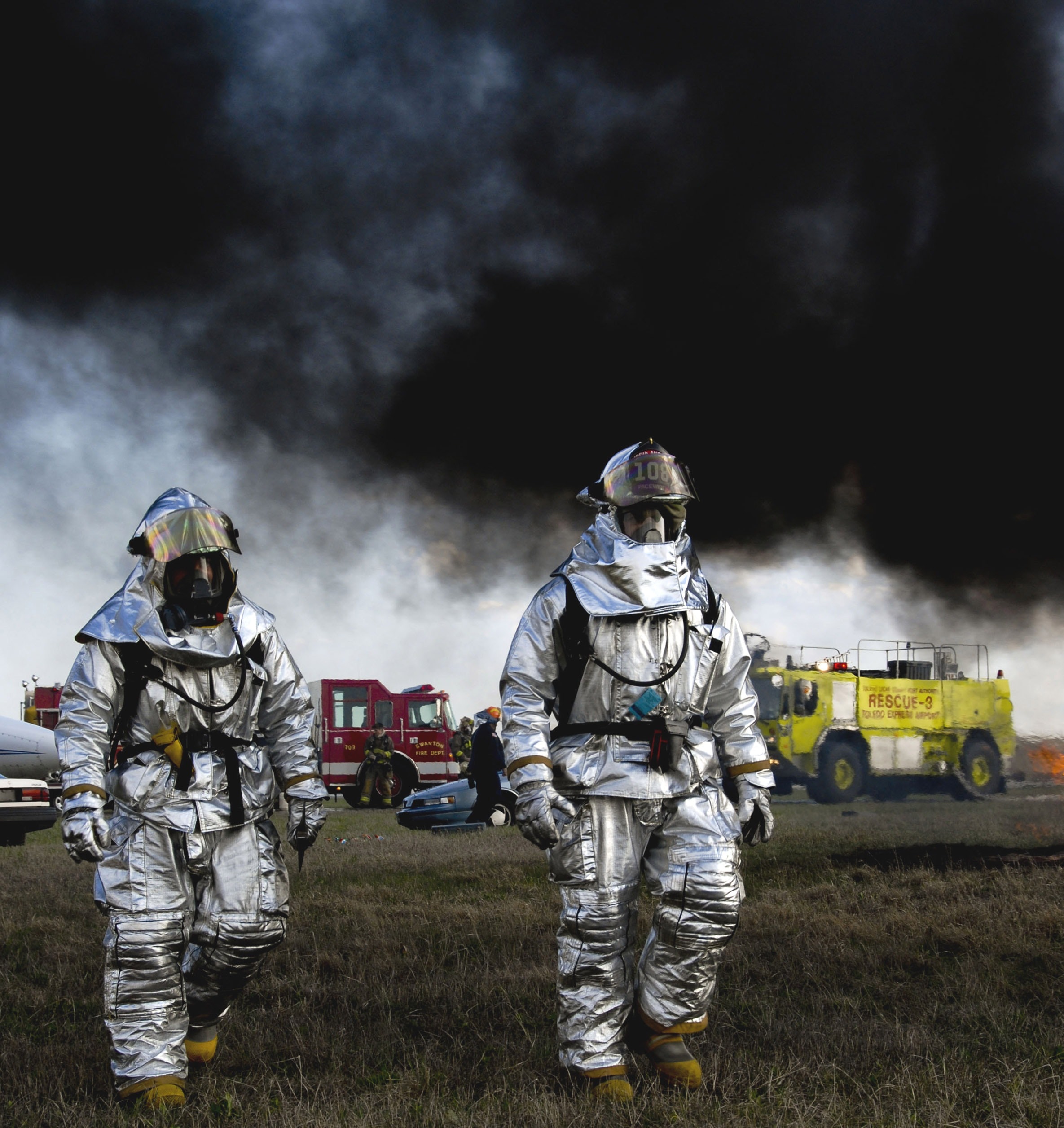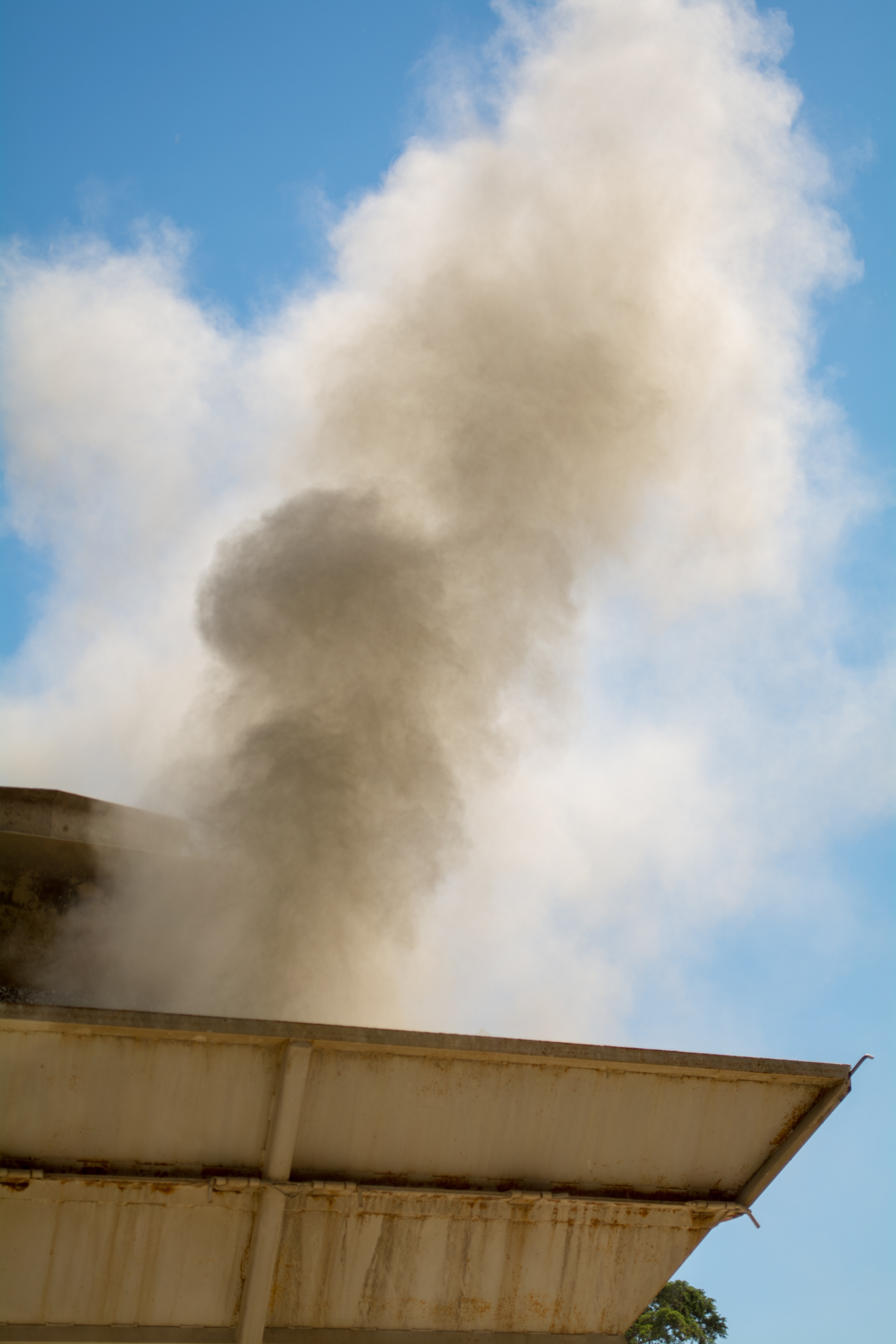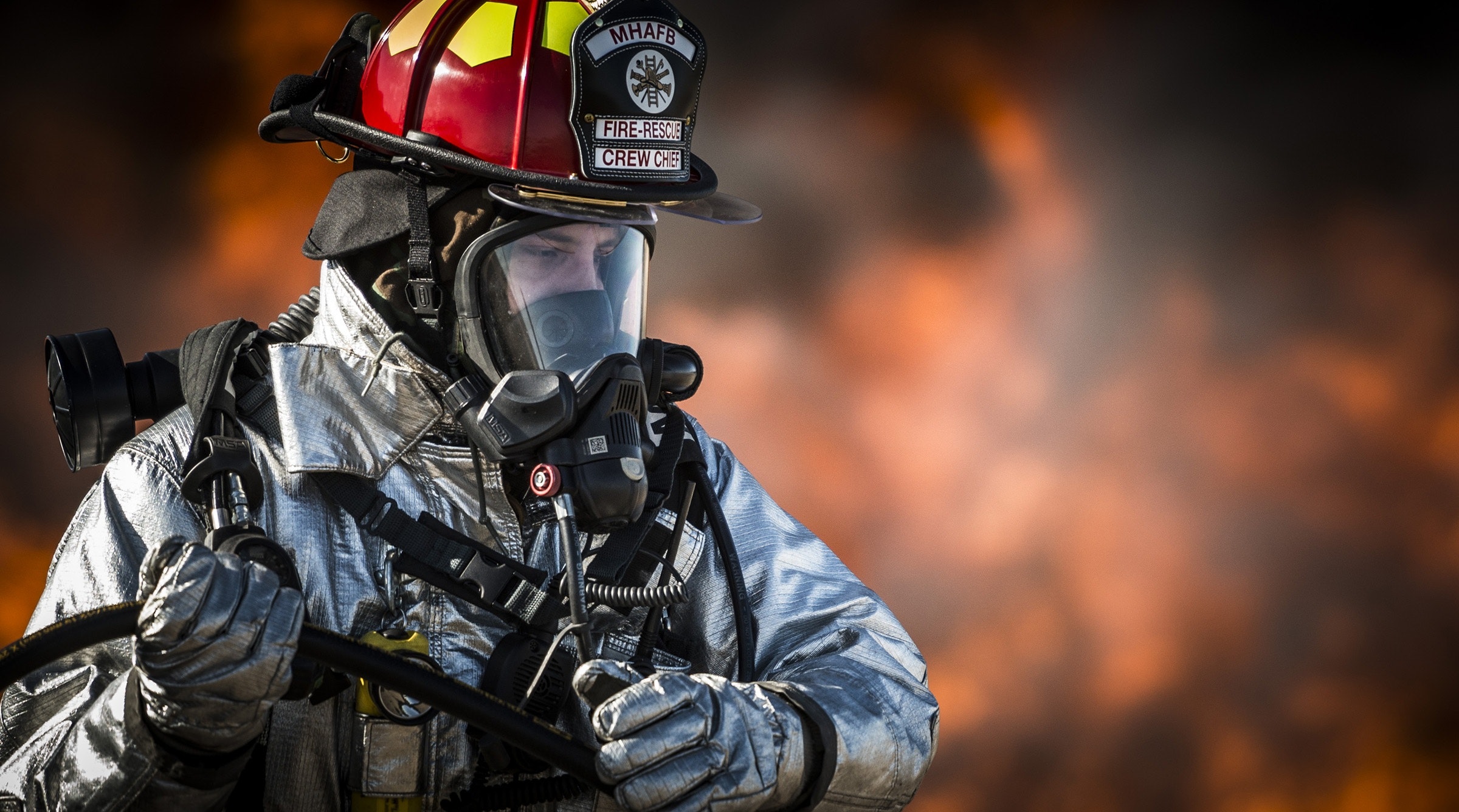ATMON FL - FLYING LABORATORY - INTERVIEW WITH THE DESIGNER

Nanosens Atmon FL in questions and answers: With great excitement, we would like to present a new product in our offer: ATMON FL, produced by Nanosens Sp. z o.o. from Poznań. Among other things, this product can help fight smog and support firefighters in chemical emergencies. In order to explain to our Readers "what it is all about", we have talked to Piotr Nazdrowicz, the President of Nanosens. We invite you to read. 
Wojciech Gruźlinski:What is Atmon FL and for what purpose is it used?
Piotr Nazdrowicz: Atmon FL is a miniature laboratory that allows you to study the surrounding atmosphere. We designed it to be placed on a Yuneec H520 drone - so it's intended for use in flight. It is most popular with services such as the Municipal Police, where it will be useful for locating the burning of illegal and harmful fuels such as plastic, rubber or varnished wood in domestic stoves. It can be said to be a device that helps fight smog, but that's not the end of its applications. Atmon FL is extremely useful for chemical rescue units, when they need to check if there is a leak of hazardous chemicals - in such a situation it is the safest and fastest to send a drone to such a place, instead of risking human lives. The Atmon can also be used by environmental institutions, research units, and industry in general. It is a completely independent device with its own power supply, so we can even place it on a bus or car driving around a city and create a city pollution map.
WG: To what extent will the results of the Atmon readings differ from the readings from local metering stations?
PN: The results from Atmon should be within +/- 10% of the reading from the stationary measurement equipment, assuming of course that the stationary equipment has been calibrated correctly and on time.
WG: Will the position of the UAV in the x, y and z axis be recorded along with the pollution measurement?
PN: The position information recorded is the geographic coordinates and altitude read from the GPS module. This sensor is located inside the Atmon FL and is completely independent of the GPS in the drone.
WG: Then every second Atmon records not only the concentration of each substance, but its exact position at that moment. Does this mean that it is possible to make a measurement raid over an area and then read the results and plot them on a map?
PN: Yes, it is possible, but the user has to do it on their own, using a suitable script or GIS (Geographic Information System) software that can import this kind of data from a csv file. This way, maps of smog or pollution in the atmosphere can be created. In the future, such a feature will perhaps be introduced into the user interface of Atmona FL. 
WG: What is the methodology for analysing the results; in other words, how do we know that the exceeded standards indicated by Atmon are the result of burning prohibited materials?
PN: A very difficult question - the composition of Polish black fuel is specific and contains a relatively high amount of chlorine compounds (derived from coal), which could suggest combustion or co-firing of prohibited materials. The only legally acceptable method (although also questionable) is direct testing of the furnace. Nevertheless - the drone survey method allows to drastically narrow down the search area. This is a big time saver for services such as the Municipal Police, because with drone surveys they can determine exactly from which chimney combustion products are coming out indicating the use of illegal fuel such as tires or plastic. With the help of Atmon, the selection of an address for inspection will be able to be done with unprecedented precision.
WG: How does drone flight over someone's property relate to Polish law?
PN: According to Polish air traffic regulations, the airspace above a private property does not belong to the owner of this property, but is at the disposal of air traffic management services. Therefore, as long as you do not break any other regulations, e.g. regarding privacy (so if you do not record what happens behind the curtain in the window), flying over private property is legal.
WG: Doesn't the examination of exhaust fumes over a chimney violate RODO?
PN: No, because we collect data, but there is no personal information attached to it just the precise geographical coordinates of the chimney - the owner's data the City Warden can assign in his scope. 
WG: Is it possible to order sensors with a larger measuring range?
PN: Of course. Increase of the measuring range and other modifications can be set individually.
WG: Is it possible to measure other parameters and substances than those measured by the Urban I and Urban II models, e.g. total VOC (volatile organic compounds) or HCHO (formaldehyde), temperature or humidity?
PN: Yes, depending on the technical possibilities there is a possibility to implement new sensors depending on the emerging customer requirements. In the future, we plan to introduce a sensor measuring the sum of concentrations of volatile organic compounds, while the formaldehyde sensor is already at an advanced stage of implementation. We are thinking of making basic ambient parameters such as temperature and humidity standard in future versions of Atmona FL. Technically this is certainly doable.
WG: Does the Atmon FL not interfere with the drone's operation with its radio connection?
PN: No. The Atmon FL operates on other frequencies that do not cause interference on the bands that drones like the H520 (2.4 GHz and 5.8 GHz) normally use. If someone wanted to use the Atmon FL with another drone where such interference could occur, there are two other optional bands in addition to the default radio band that the Atmon can operate in. 
WG: How is the Atmon FL mounted on the drone?
PN: The suggested way is to mount it on the upper casing, but depending on the drone model and customer preference there is also a variant suspended under the drone on a special cable.
WG: Will the smoke not be dispersed by the rotors? Will the measurement in Atmon FL mode on the drone and suspended below the drone be the same?
PN: Smoke from a chimney can disperse in so many ways (depending on air humidity, wind strength and its direction, atmospheric pressure and even sunlight) that defining the repeatability of a measurement does not make the slightest sense in this context.The slightest breeze when measuring outside the flue will cause changes in the readings and this is a natural physical phenomenon that we obviously take into account. Precise composition measurements can be made inside the flue with the probe inserted about 50 cm into the flue. Outside the flue, we make only approximate measurements - and that is what they are supposed to be, because they are sufficient to locate the chimneys from which the smoke from burning illegal fuels comes. Will the smoke be dispersed by the rotors - of course ( just as by the slightest gust of wind). You also have to consider that the thrust of the rotors makes it easier to take the sample. Using the method of flying into the smoke from below the bottom of the plume in horizontal smoke, or into the center of the plume in a windless (vertical) smoke system, the thrust of the engines helps us draw the smoke closer to the sensor. In a natural environment, flying as close as possible to the chimney outlet makes no metrological sense because we are measuring partially dispersed smoke anyway.Evaluation measurements should be conducted at some distance from the outlet, i.e., 1m or more, and the greatest impact will be on the accuracy of the inlet into the plume, not the proximity to the chimney.We form these conclusions based on numerous tests performed. Therefore, we see a low need to use the overhead mode, but in some special cases this mode may be applicable.
WG: Where did the idea for an airborne measurement device come from?
PN: From almost 30 years of experience in the industry. Such a need has always existed and we've been thinking about it for a long time, but only recently has the advancement of BSP technology allowed for free and safe integration of the world of drones and specialized measurement devices. Furthermore, this has coincided with increasing levels of air pollution, a warming climate, and increased public awareness of smog and its health effects. Today, it is life that dictates the need for a device like the Atmon FL. 
WG: What were the biggest challenges you encountered in designing Atmon FL?
PN: With any device that is meant to "fly," there are specific requirements that are not usually present in other applications. We are talking about weight, small external size, electromagnetic interference, aerodynamics, or vibration resistance. I think we handled this challenge very well. Not only our extensive experience in the design and manufacture of professional metrology equipment contributed to this, but also our personal experience with drones.
WG: What measurement devices do you specialize in?
PN: Nanosens has been manufacturing devices that measure and detect substances in the air - toxic, explosive, oxygen and others - for almost 30 years. Our devices are used in the broadly understood human environment - whether during normal living or work, and especially in difficult and dangerous conditions.
WG: What are the main trends in metrology in the last 10 years?
PN: The continuous development of technology creates systems of great complexity, and controlling such systems requires new and improved measurement methods. Our task is to define new techniques, standards and tools to improve the accuracy of the results.
